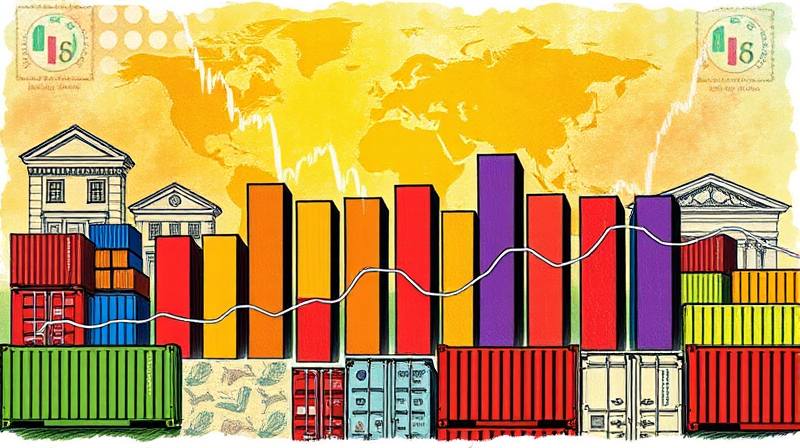
In 2025, the global IPO landscape shows a curious paradox: the expectation for more than 300 new public listings is contrasted by a significant slowdown in deal completions. Investors and companies alike are caught in a delicate balancing act, seeking the right moment to bring offerings to market in an environment defined by volatility and caution.
Despite a year-over-year surge in pipeline numbers, actual listings have not kept pace across every sector. By mid-2025, 97 IPOs were completed worldwide, with 36 in the United States—a 63.6% increase compared to the same period last year. Yet only half of the sectors that saw increased filings managed to close deals, revealing that many companies remain on hold.
This divergence highlights the tension between preparation and execution. Firms are ready, with substantial work done on regulatory filings and investor presentations, but they face headwinds that make the final leap to listing a daunting decision.
The backdrop for many listing decisions has been a series of sharp market movements, from the late-March sell-off to fluctuating interest rates and global geopolitical tensions. While recent rate cuts and political stability after key elections have injected some optimism, lingering investor skepticism remains pervasive.
Companies without clear paths to profitability face the harshest scrutiny. The era of “growth at all costs” IPOs has receded, replaced by a demand for sustainable business models and verified cash flows. This shift has led many firms to postpone or withdraw their offerings until they can present more robust financial narratives.
Not all industries experience the same headwinds. Technology and healthcare have continued to entice investors, buoyed by breakthroughs in artificial intelligence and life sciences. In contrast, consumer-facing companies and energy firms have seen pipelines stall as they grapple with shifting demand and tighter margins.
Key sector observations include:
This split underlines how market perception and fundamentals can vary dramatically between verticals, even in the same economic cycle.
The United States remains the epicenter of IPO activity, expected to host over 180 new listings and generate the bulk of the estimated $45–$50 billion in capital raises. However, other regions are staking their claim on the global stage.
India has achieved record-breaking momentum in the first quarter of 2025, with 11 IPOs in the health and life sciences space—its strongest Q1 performance in two decades. South Korea and other Asian markets have also seen renewed interest in technology offerings, particularly in semiconductor and artificial intelligence ventures. Companies in these jurisdictions benefit from favorable valuations and investor appetite for innovation.
For many firms uncertain about public market timing, private capital remains an attractive lifeline. Growth equity rounds, venture debt, and strategic partnerships are helping companies extend their runway without the pressure of quarterly disclosures.
This shift underscores a broader narrative: staying afield of public markets can offer more flexibility, albeit at the cost of liquidity and exit timelines.
Looking ahead, several catalysts could reinvigorate the IPO pipeline. Continued monetary easing, further clarity on geopolitical fronts, and major anchor listings from high-profile companies might restore confidence. Stripe’s anticipated debut, with a valuation near $65 billion, along with offerings from CoreWeave, Cerebras Systems, and Chime Financial, have the potential to set benchmarks and draw new investors.
Mid-tier and later-stage life sciences companies are also poised to capitalize on innovations in genomics and personalized medicine. Should these listings perform well, they could break the logjam and encourage more companies to press forward with their public market aspirations.
Ultimately, the 2025 IPO narrative will be written by the interplay of company readiness, investor demands for profitability and resilience under pressure, and the global economic climate. Companies that can align their offerings with prevailing market expectations stand the best chance of transforming a thinning pipeline into a vibrant public market reality.
References













